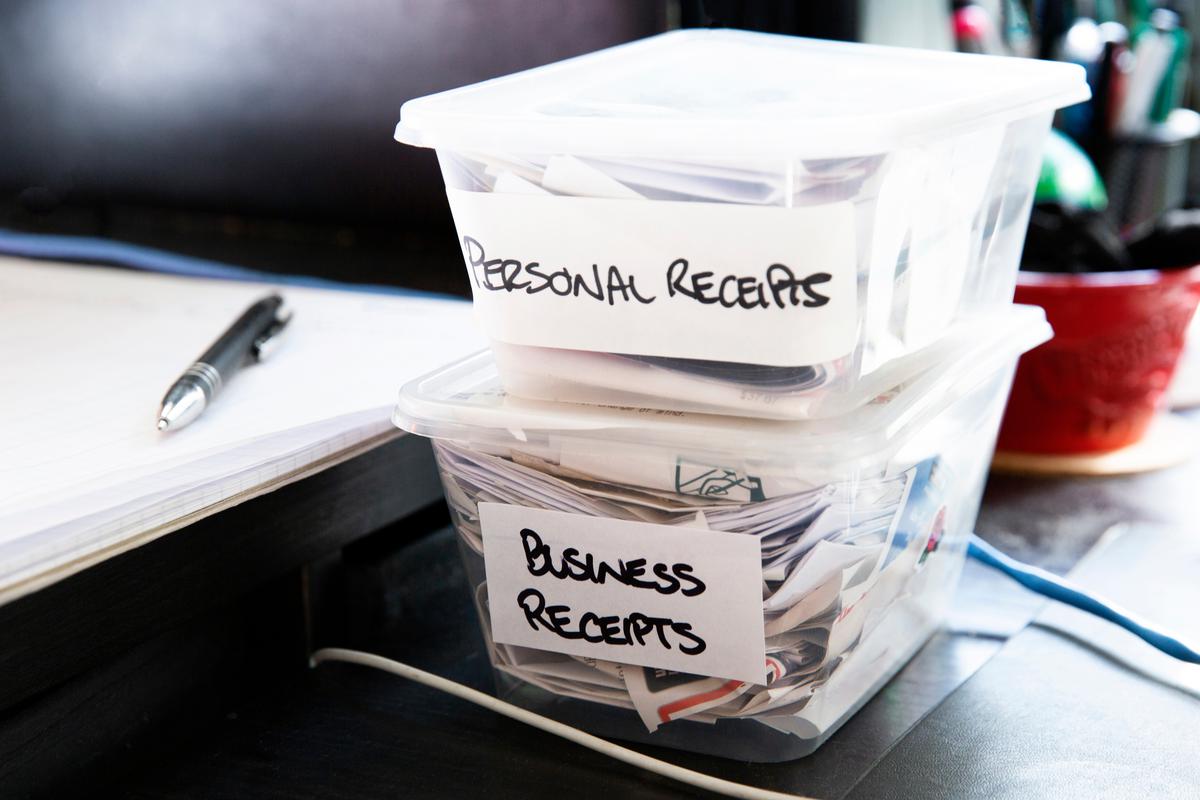Arrest me, because giving out gold for free must be a crime. We attended Certified Professional Organizer ® C.Lee Cawley’s masterclass on professional home organization and are sharing all her decluttering tips with you. This article will walk you through a professional home organization with actionable items you can take on right now — if you have a day or two to spare, that is.
C.Lee is one of fewer than 400 Certified Professional Organizers in the world, with two decades of experience in bringing joy and peace of mind to her customers through organization and lifestyle efficiency planning. According to the National Association of Professional Organizers, when it comes to getting organized, 54% of Americans are in fact dealing with clutter and chaos and 78% are not sure how to tackle it. If you are part of the 78%, please read on and you’ll find all the secrets you need to know about how to declutter your living spaces.
How to Start Organizing
Decluttering your home requires just as much gumption and mental strength as it does label-making tape. C.Lee recommends her own copyrighted system to get you in the right state of mind and prepare for the journey: the RITE System.
Reason and resolve equal results.
The reason you’ve decided to embark on this journey of reducing clutter should be your main motivator. If it is to undo the sectionalization of your home caused by Covid-19 and bring everyone together at the dinner table more often, then you must resolve to always have your kitchen table clear and ready for use.
Imagine.
Truly picture the end results and it will become more real. Once you get a taste of what your life could be like if you didn’t have to fumble around through a mess, it will be hard to live without it.
Time.
Acknowledge that a better life will take time to establish and maintain. It may be faster to realize with the help of professional decluttering services, but you still need to commit to maintaining it.
Effort.
You will be exercising your decision-making muscle just as much as your biceps.
“Clutter is postponed decision,”
C.Lee quotes Barbara Hemphill, so you will need the effort to get rid of the habit of postponing even the little clean-ups.



















comments